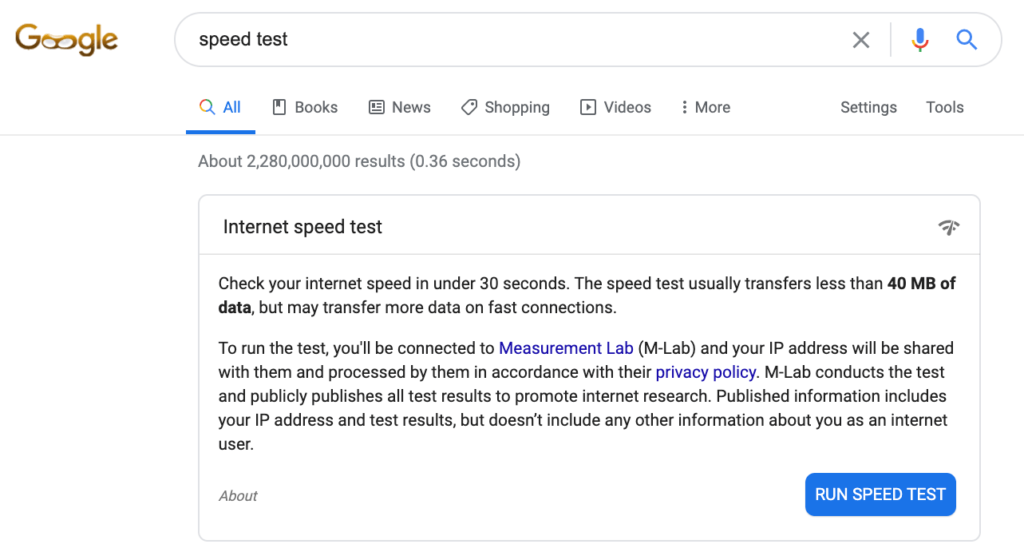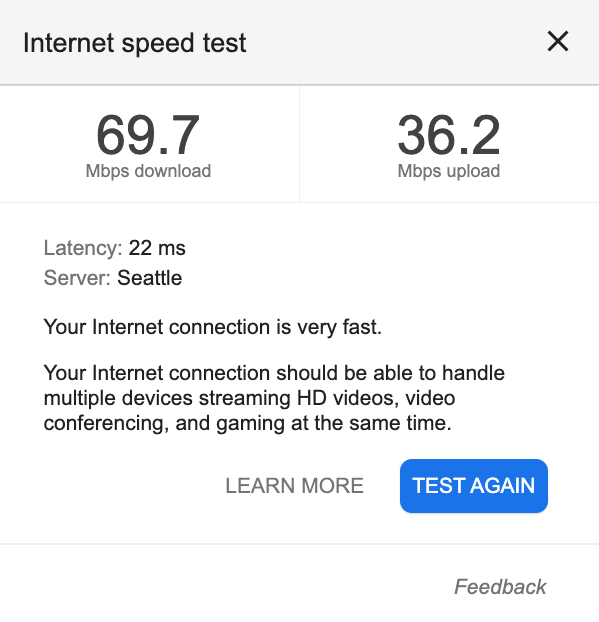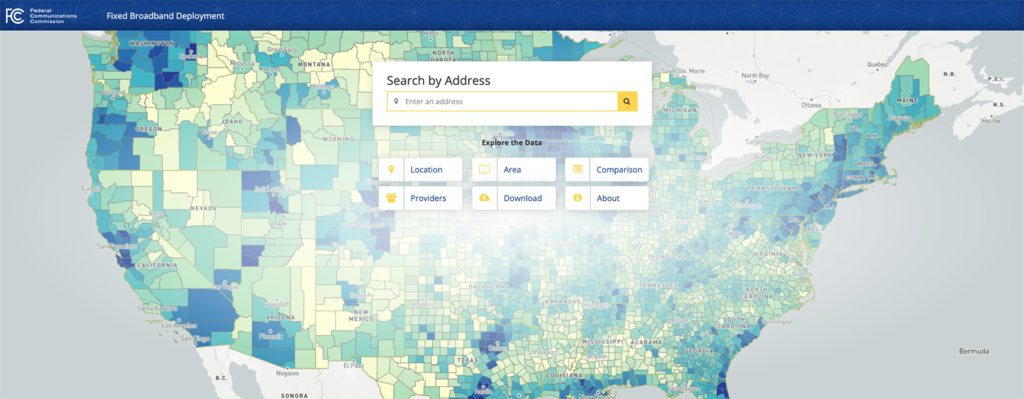Optimize Your Internet Speed for Zoom Meetings
Enhance Your Broadband Speed for Videoconferencing
Ever lived in an older house or apartment with bad plumbing? Hop in the shower while trying to wash clothes and run the dishwasher or water the lawn and the water pressure drops to an unsatisfying trickle. Your home data connection to the internet is similar.
When you have an inadequate data “pipe”, your experience when doing anything online (let alone if you pile multiple family members on the same connection) is going to be less than stellar. (You can see this with slow loading or poor/blurry video quality on Netflix or Disney+ or slowdown and dropped/inconsistent audio when multiple family members or roommates are all online simultaneously.)
When using Zoom or other video conferencing services, this weak data flow can look like stuttery audio, skipping or blurry video quality and dropped calls. Since we’re aiming to get the best possible Zoom presence, establishing fast Internet connection speeds is vital. So let’s dive into making your connection to the internet as strong and fast as it can be.

Get Faster Home Internet Speeds for Zoom Meetings
So, we’ve established that your internet connection is vital. Let’s start with some basic terms and figure out how to make your connection as fast as it can be. It all starts with your ISP, or Internet Service Provider—you can think of them like the water company—a utility that brings data to your home.
Depending on where you live, you might have multiple choices of ISPs—from small municipal to large, national. If you’re reading this online from your home or office, you already have an Internet connection. So let’s figure out your current bandwidth speeds (or size and quality of the data pipes coming to your house).
How to Run an Internet Speed Test
Begin by opening up your browser of choice and typing “Speed Test” into Google. You’ll see this:

Click the “Run Speed Test” button and you can watch in real-time while the test evaluates your internet connection speed by sending and receiving some test data. After the test completes, you’ll see 3 numbers:

Mbps Download: This is the number you most often hear ISPs talk about in their advertising. When you hear “gigabit” internet, that translates into speeds of up to 1,000 Mbps. (Some ISPs might call this “business class” or “business grade” internet.) This is nice and fast, but often a bit costly, and likely much more than any average residence needs. In general, if you can get at least 40 Mbps download per user/Zoom stream (and at least 15 Mbps up) on a well-organized home Wi-Fi network (more on this later), you can expect to see a good video and audio experience while Zoom videoconferencing. If you have multiple people at home on Zoom simultaneously, or streaming audio, playing games or doing other things online, you’ll want this to be a bit higher.
Mbps Upload: Data transfer is a two-way street. Think of your computing device talking to another. If there’s to much of a delay in the back-and-forth conversation, your computer is going to have problems. Your Mbps upload speed doesn’t need to be as fast as your download speeds, but for Zoom conferencing, you’re going to want to have at least 15 Mbps.
Latency: This is the time it takes for data to be transferred between its original source and its destination, measured in milliseconds. It’s most important in things that happen in real-time like gaming. You want it to be as low as possible, for Zoom, anything less than 50ms is acceptable, while 30-40 is better. This Article Explains More About Latency vs. Bandwidth
Note that these numbers can change throughout the day. (As more people get on the internet in your area, your speed can go down, so it’s a good idea to test at various times throughout the day.)
Becoming a Smarter Broadband Internet Shopper
With these baseline numbers in hand, you can contact your Internet Service Provider and discuss how you might speed up your connection. (Or consider switching altogether, if there’s a provider in your neighborhood who can offer higher speeds.) Now, it’s time to talk about how we can approach your Internet service provider and negotiate faster connection speeds and maybe even pay less for your broadband internet connection.
Subscribe
Socials
Fine Print
Zoom is a registered trademark of Zoom Video Communications, Inc. ZoomProTips.com is not affiliated with Zoom Video Communications, Inc. All content on this site is intended for comment, teaching, scholarship, education, and research and thus can be considered fair use as provided for in section 107 of US copyright law. This site may contain content not authorized for use by copyright holders. All information provided on this site is for general information purposes only and we make no representation of or warranty of any kind, express or implied regarding the accuracy, adequacy, validity, reliability availability, or completeness of any information on this site.


